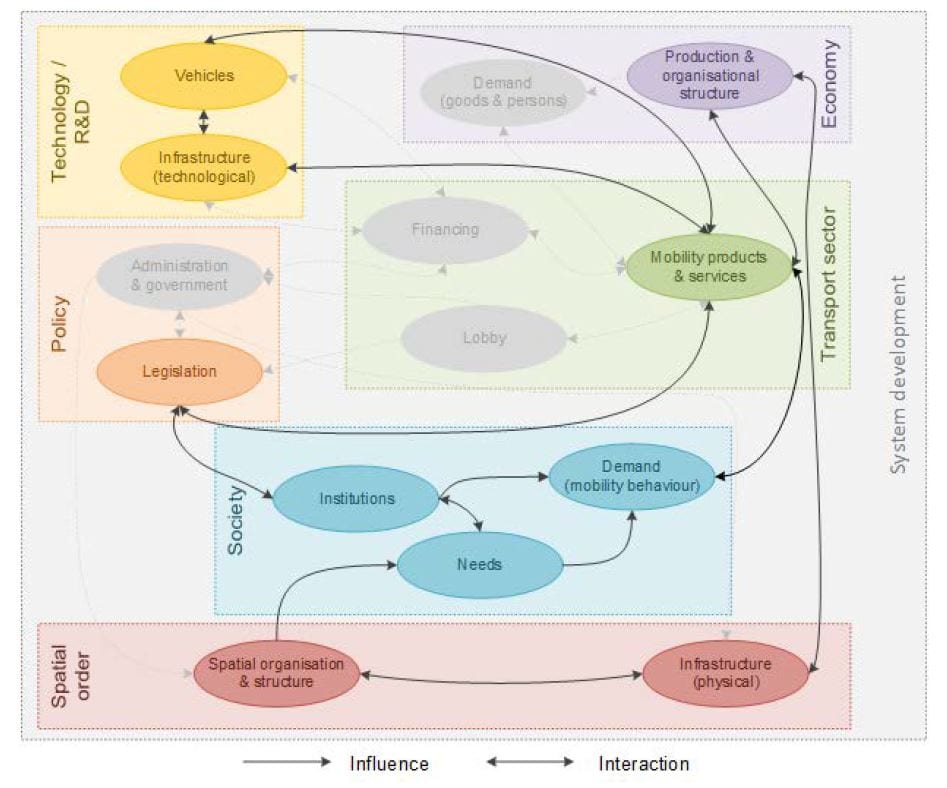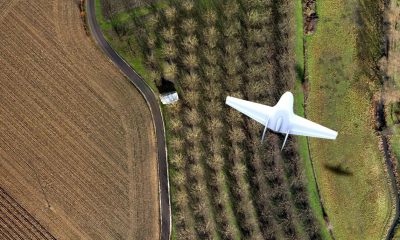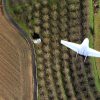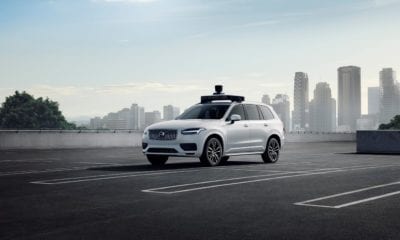
AI
Emerging Trends in Transport, Drones and Autonomy
Climate change is one of the biggest challenges that society is facing today. Present on a global scale and worsening its effects year after year, one of the main contributors to climate change is the transportation sector. In fact, transportation has a 27.9% role in the highest growth rates of CO2 emissions in the European Union compared with any other factor. Because of this, the global technological progress need to be continuous.
A Transport System That is Energy-Efficient and Sustainable
Addressing the issue, Merja Hoppe and Thomas Trachsel of Zurich University of Applied Sciences propose a model of a transport system that was developed in the initial stage of the Swiss Competence Center for Energy Research – Efficient Technologies and Systems for Mobility (SCCER Mobility) research project. The main objective of SCCER is to develop the knowledge as well as technologies essential for a transition from the current fossil fuel transportation system to a sustainable one with minimal CO2.
As the authors explain in the part where they describe their methodology:
“The structure of the model was elaborated through questioning experts from the transport sector on their perception of the mobility system and its constituents. This resulted in a systemic delineation of mobility that addresses the ‘mobility system’ through its holistic nature with mobility related aspects, drivers and transport-related fields.
In addition, it provides a framework, to understand past and current developments in the different fields of the system, as well as to project possible pathways for a future transformation of the system. The model consists of six thematic fields: (1) Technology / R&D, (2) Policy, (3) Economy, (4) Society, (5) Transport sector and (6) Spatial order. Each of the six thematic fields consist in addition of various components that interact with each other or have an interrelationship. This results in a total of 14 components, which further subdivide the main thematic fields of the systemic model”

Model of the transport system Source: Hoppe and Michl (2018)
In the aeronautical sector, the two major global players Boeing and Airbus are both testing autonomous systems. While Boeing is pursuing concrete plans for autonomous aircraft, its competitor Airbus is focusing on a concept of a self-driving vehicle that can be converted into a drone
In October 2017, the Chinese aircraft manufacturer Longxing UAV Systems performed a successful maiden flight of an unmanned cargo aerial vehicle that operates in both, autonomous and remote pilot modes and is particularly suitable for cargo operation in remote areas. Ultimately, autonomous systems are also being tested in the railway industry. While there already exist a few prototypes for passenger transportation, the industry’s focus lies mainly on autonomous systems for shunting and cargo operations. An Australian mining company, for example, runs the world’s first fully autonomous freight train in operation since 2017
Another major trend in vehicle technologies are drones. Formerly mainly used in the military sector, drones are nowadays increasingly being tested in private and commercial applications. According to Dobie et al. (2016), 600’000 drones are currently in commercial use in the United States and about 1.9 million in private ownership and by 2020 these values are even expected to triple.
Although numerous logistics companies are testing drones for goods and distribution logistics, legal framework conditions for regular commercial operations are still insufficiently worked out (Amazon, 2017). In addition, there are also several concepts for passenger transportation emerging.
In 2016, the Chinese drone manufacturer Ehang presented its concept of a single-seater aircraft that claims to be the first of its kind to transport passengers autonomously. First successful tests of this autonomous passenger drone have been carried out in Dubai in 2017. However, a mass production is not yet foreseeable and drones for passenger transportation remain a niche technology for now.
What is interesting is that the authors also include potential trends and developments in the mobility system, collecting information from numerous project reports, trend studies, transportation websites, future-oriented blogs, news reports as well as journal articles.
In times when the transport sector is changing through several emerging innovations, the electrification of propulsion systems or the development of new battery technologies has a major potential to change the mobility system towards sustainability in the future.
The focus of the authors here is nothing but the autonomous driving systems – as ones that are emerging on a large scale and ones that have a potential to change people’s initial way of thinking about cars.
Aside from this sector, however, there are improvements in the maritime industry and the aeronautical sector, as well as drones as one of the new and major trends in vehicle technologies.
However, what underlies all of these trend is the electrification of conventional drivetrains. According to the authors, it is the additive manufacturing, lightweight construction and aerodynamic optimization that puts autonomous driving systems and drones in the focus. A final technology that needs to be mentioned as well includes the development of swarm/collective intelligence which focuses on intelligent behaviors in the community through communication and networking.
Transforming The System Towards Sustainability
The general developments and their impact on sustainability, according to these two Swiss authors, can be best identified based on the trend overview that is related to the transport market, its diversity of innovative solutions and new players as well as the social and economic developments.
In the final part, the authors also mention that regulation and certain transport policies must be part of such future and crucial in the context of setting the frame for implementation in technologies.
The main objective of this paper is clear – to provide an overview of cutting-edge transport technologies and mobility services that concern their potential in creating a better transportation system and a more sustainable future.
Citation: Hoppe, Merja & Trachsel, Thomas. (2018). Emerging trends in transport technologies: The potential for transformation towards sustainable mobility. Conference: ICTTE Belgrade 2018, At Belgrade, Serbia, https://www.researchgate.net/publication/329103605_Emerging_trends_in_transport_technologies_The_potential_for_transformation_towards_sustainable_mobility
























